Vacation destination… Moses Lake?
Not only is Moses Lake a great vacation destination, but it’s loaded with history as well. Let’s begin with the most obvious question…who is Moses Lake named for? The answer is not who you might think.
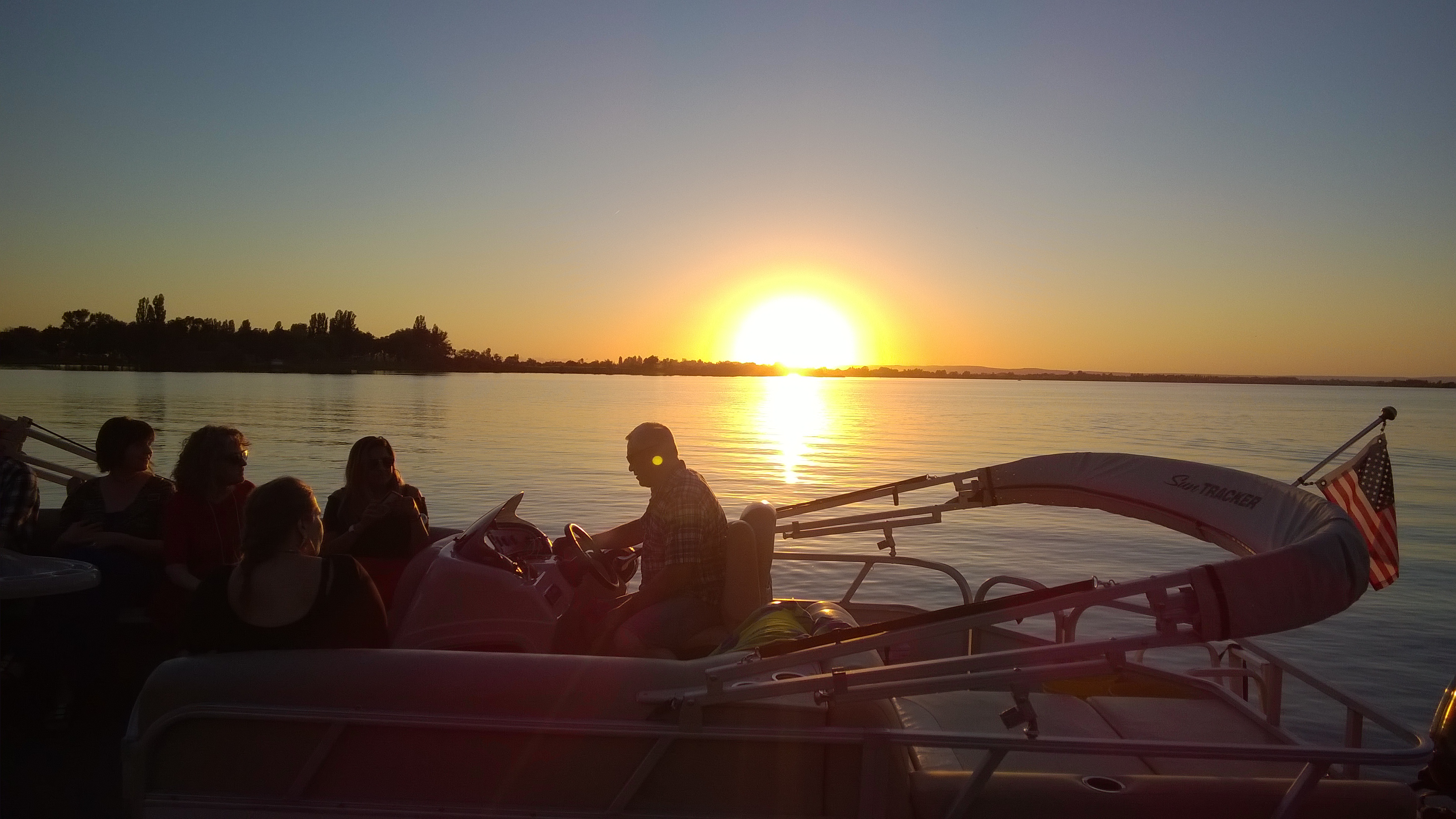
Not only is Moses Lake a great vacation destination, but it’s loaded with history as well. Let’s begin with the most obvious question…who is Moses Lake named for? The answer is not who you might think.
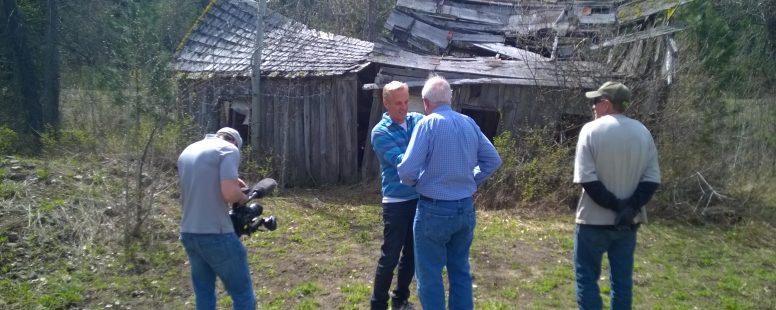
Liberty – the tiny central Washington town that is slowly becoming one of my favorite places in our great state – has more to offer than just fascinating history and exceptional outdoor recreation opportunities. In fact, “Washington’s only living ghost town” (as it’s known) is home to one of the most interesting “ghosts” I’ve ever met. This one’s name is Wes Engstrrom.

We’re all familiar with the historic events that led to the American Revolution, when the American Colonies seceded from rule by Great Britain. Somewhat less well known are the reasons behind the second war between England and the U.S…the War of 1812. But it’s unlikely you can find very many people who can tell you about the third war between these two superpowers, which took place – or, more accurately,
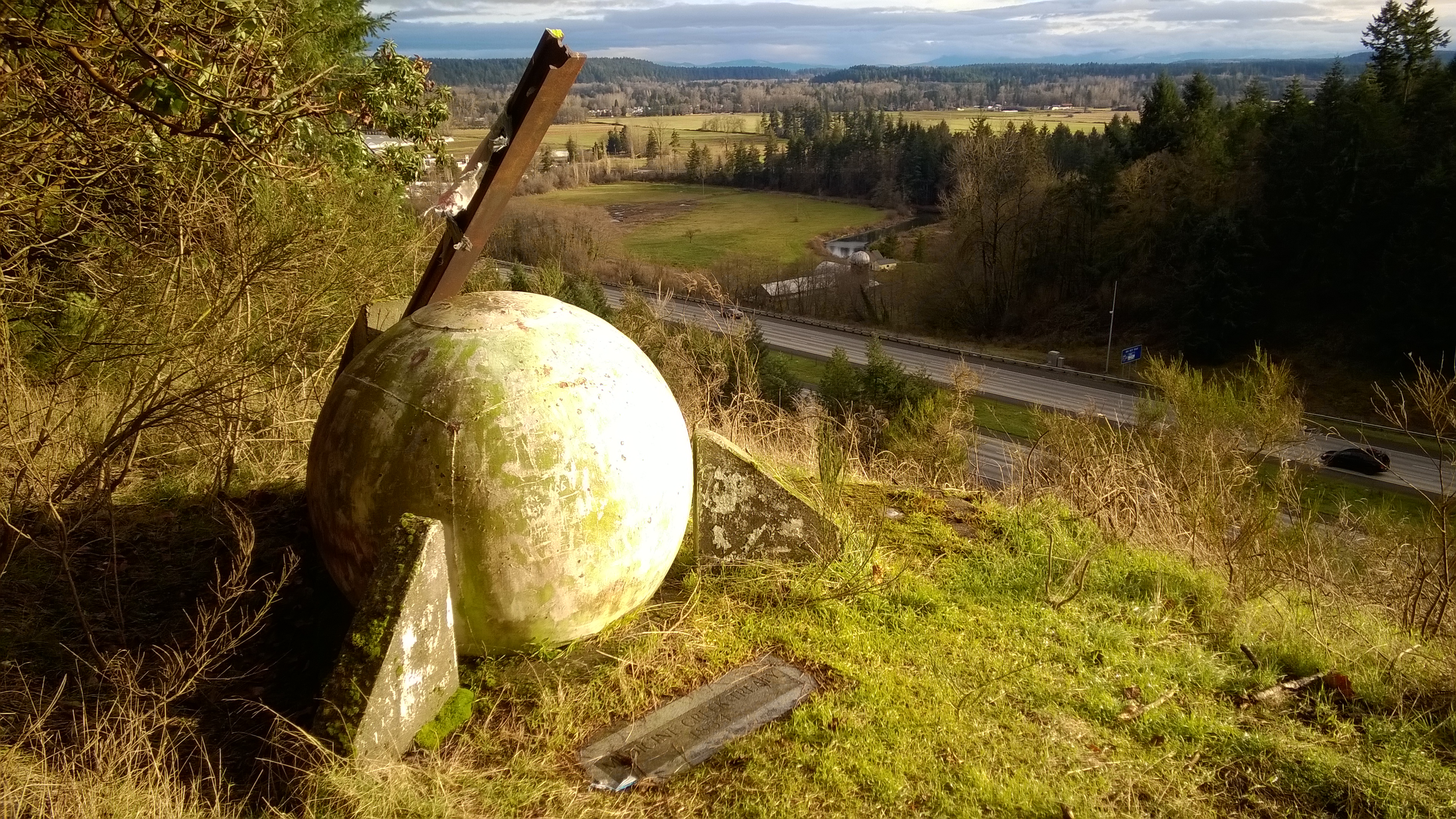
Back in June of 2016, a colleague of mine at the Washington State Archives – Benjamin Helle, Olympia branch archivist – published an article in that agency’s newsletter about a little-known and seldom-visited monument in the South Sound area dedicated to the Medicine Creek Treaty. What followed was an adventure in state history that nearly anyone can undertake.

We need volunteers with a passion for local history to fill two open positions on the Historical Commission, which provides leadership in raising awareness of Lacey’s history and preservation of local historic resources.
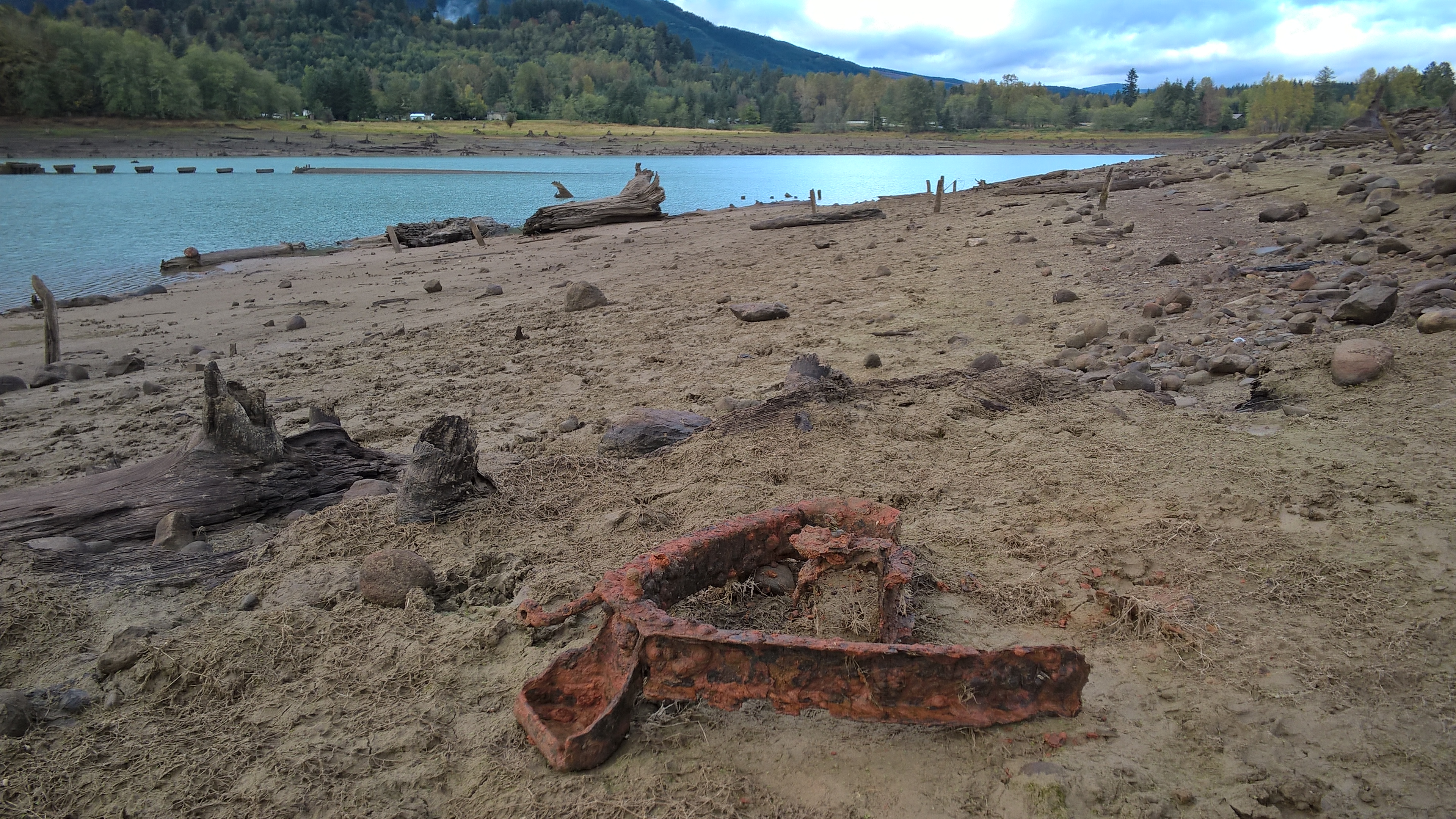
The term “ghost town” in today’s time has evolved from its more literal interpretation to describe any small town that has been abandoned or vacated. Most of the time, however, towns devoid of inhabitants have nowhere to grow but older. Not so for old Alder.

Several months back, I blogged about the effort to save the historic nuclear reactor building on the UW Seattle campus. Sadly – despite its listing on the National Register of Historic Places – UW went ahead with the demolition of this beautifully brutalist building.
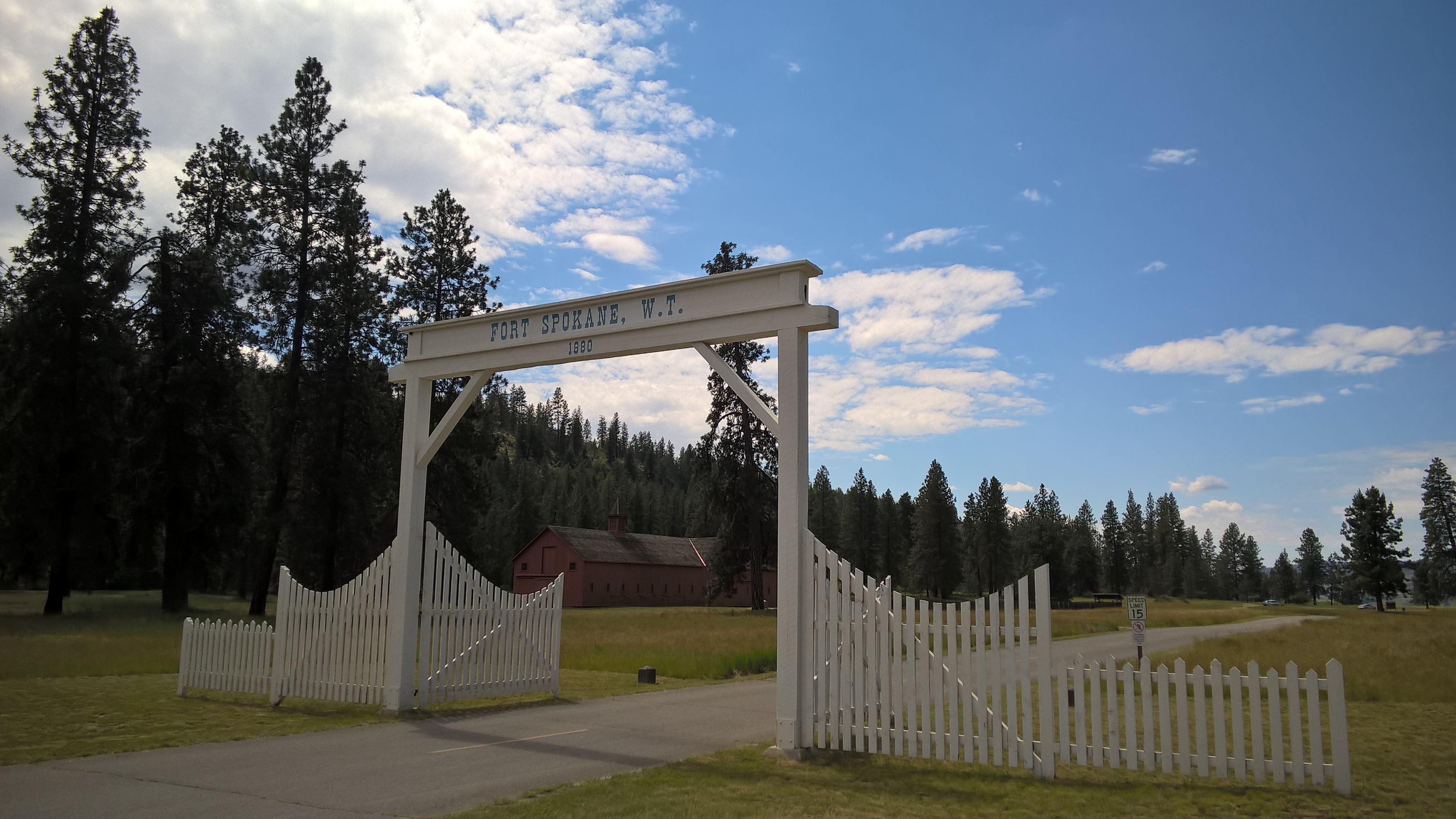
With a name like “Fort Spokane” you would expect this 136-year-old former U.S Army installation to be somewhere in the vicinity of its namesake. Then again, a lot of things about Washington aren’t always as they seem.
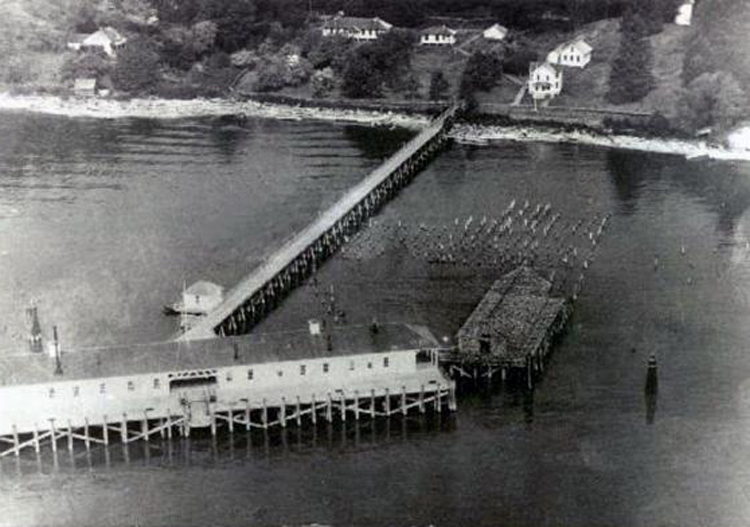
We’ve all seen those grainy, black and white films of immigrants packed shoulder to shoulder on steamships pouring into America in the early 1900s. You can see them pass the Statue of Liberty and watch as they file out of the ships and into the long lines awaiting them before they are permitted entry into the United States. But we often overlook the fact that scenes like this were taking
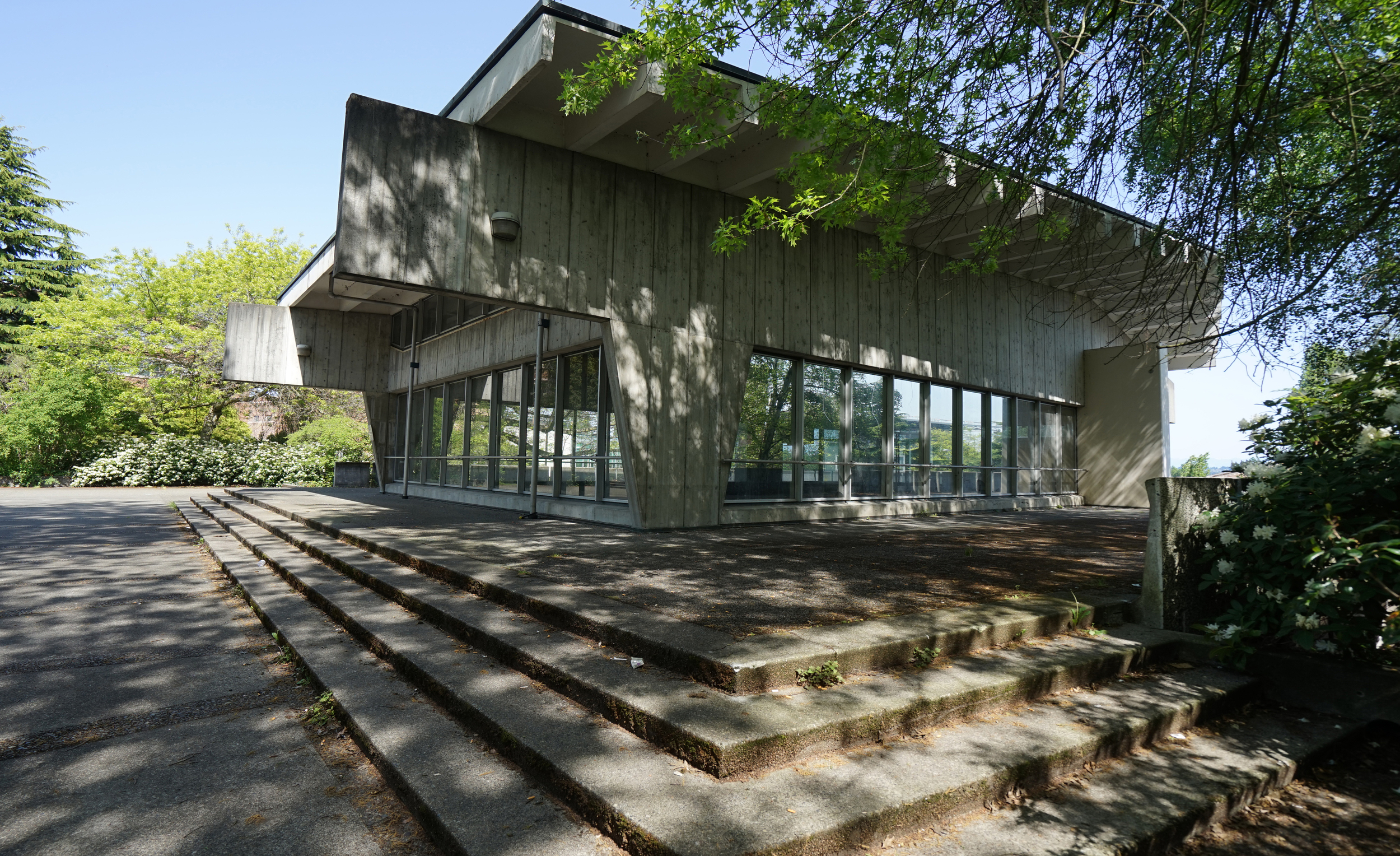
The Nuclear Reactor Building is an exceptional example of Brutalist design from the Mid-century Modern era and the ideals that drove the Modern movement. Designed by renowned architects of the time, the building’s design promotes technology and rejects the conventional academic architecture surrounding it. It is a completely unique structure, and represents a specific time and way of thinking in the history of the University, and the overarching history of